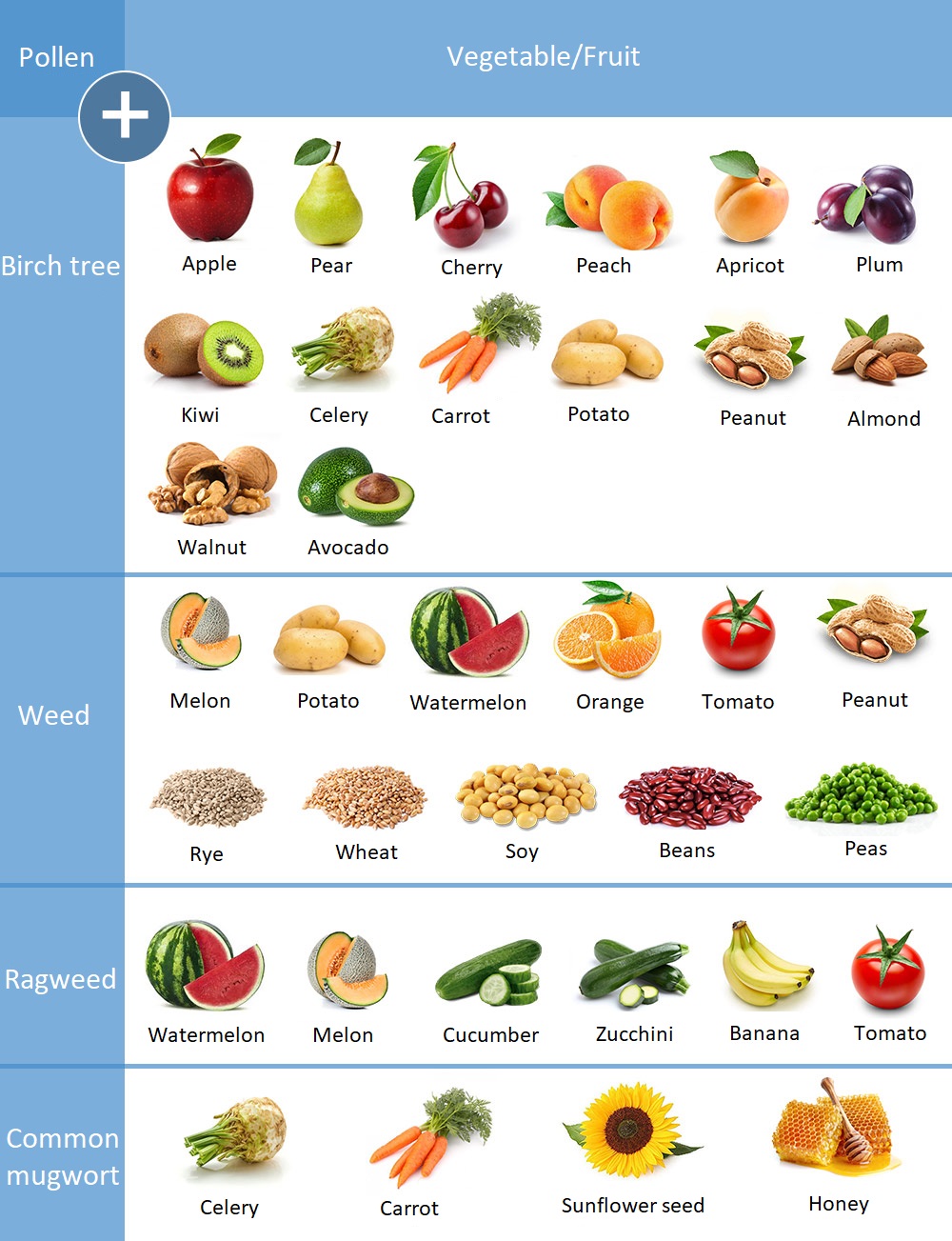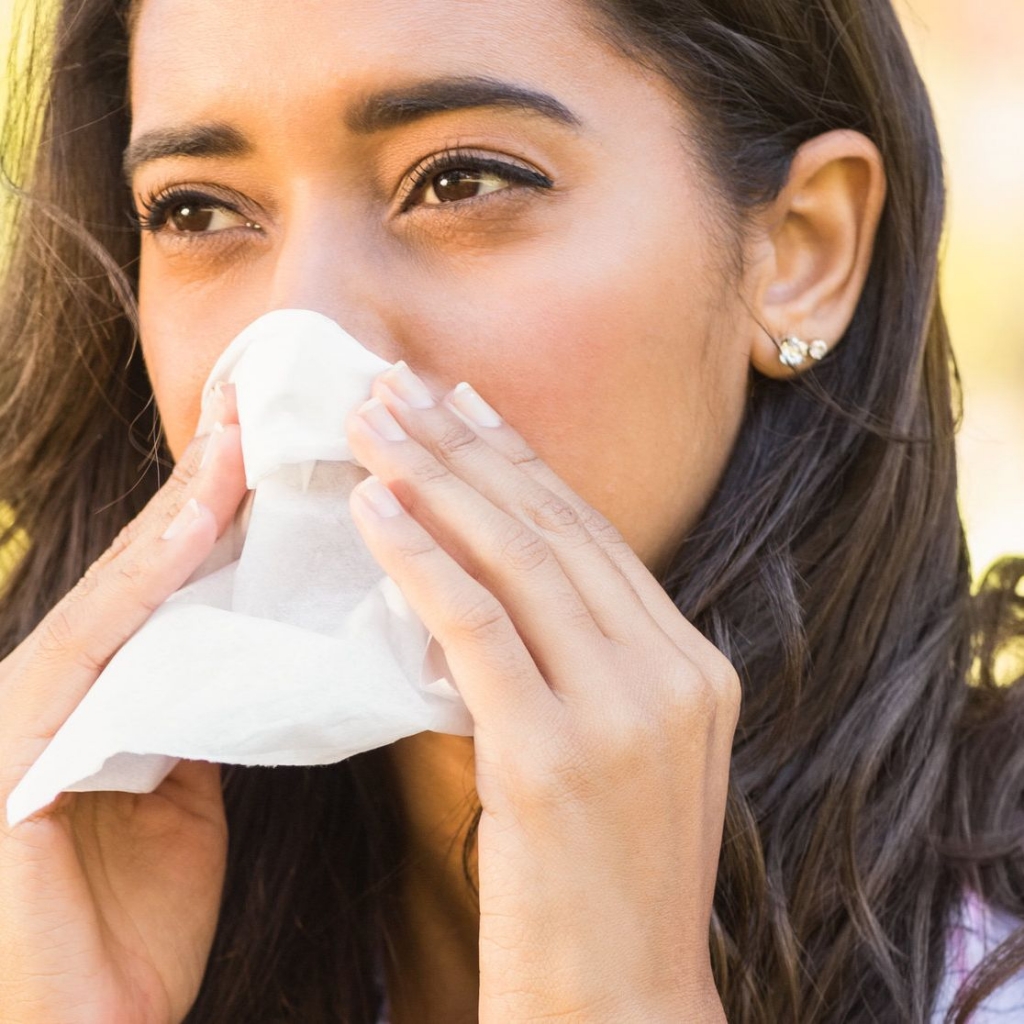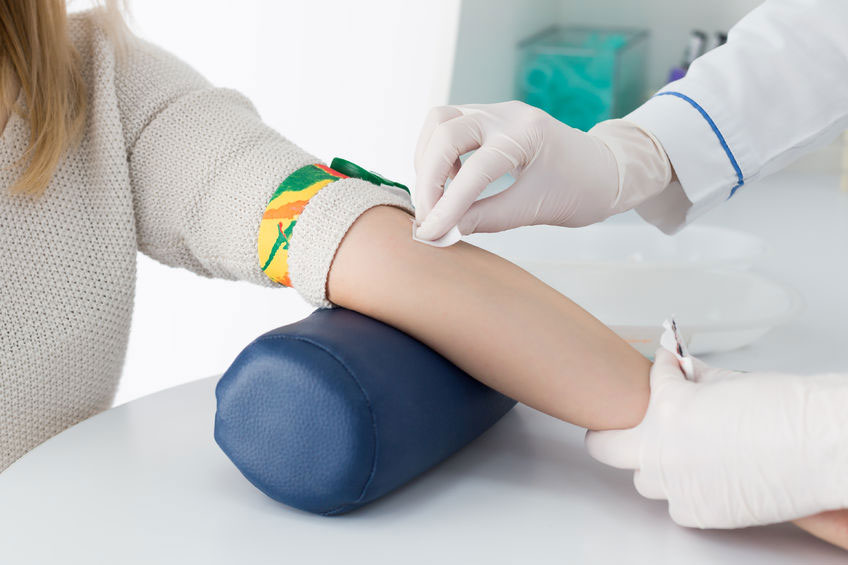Respiratory allergy laboratory package - Inhalative (respiratory) panel
What is an allergy test?
When it comes to an allergy test, the main goal is to identify the allergen causing the symptoms. The test can also be performed using provocation tests and blood sampling. While in the provocation test, the body (skin) comes in contact with a small amount of an allergen (a substance that causes an allergic reaction) or an allergen extract, in case of a blood allergy test, the allergen-specific IgE is measured. IgE molecules are antibodies belonging to the so-called immunoglobulin superfamily, which are produced by the immune system to recognize and then neutralize foreign substances that have entered the body.
While the provocation test (called the Prick test) cannot be performed during the allergy season, the inhalative allergy test can be performed from blood at any time of the year. Allergy testing with blood is quick and gentle.

What is a respiratory allergy?
In case of respiratory allergies, the immune system falsely reacts to substances in the environment (e.g. dust mites, ragweed, animal hair) as if they were harmful. Such substances are called allergens. An excessive immune response triggers an allergic reaction in the body. Respiratory allergies can be associated with inflammation of the nasal mucosa (allergic rhinitis, also known as hay fever), but can also affect the entire bronchial system (allergic asthma).
What is hay fever and what symptoms does it cause?
Hay fever, also known as allergic rhinitis (rhinitis allergica), is an allergic reaction to various microscopic substances, pollens, or mold. In terms of types, it can be seasonal as well as perineal (year-round). Seasonal hay fever occurs in spring, during the flowering season of plants, while in summer, grasses and grains cause symptoms.
In the case of perineal hay fever, the symptoms can be caused by mold, house dust or animal hair. These allergens can trigger an allergic reaction at any time of the year. They can also be found in our immediate surroundings at home, in curtains, carpets, upholstery, or in blankets or pillows. Hay fever is the most common allergic disease, affecting 10 to 15 percent of the population. Its main symptoms are sneezing, runny nose, nasal congestion, itchy and teary eyes.
What is cross-allergy?
There is also a so-called cross-allergy, which means that in the case of an individual who is allergic to one component, another allergen has similar allergic reactions in terms of its chemical structure. In case of respiratory allergies, eating certain foods also causes allergic symptoms, which mostly occur on the mucous membranes of the mouth. Cross-allergies can be identified using our combined allergy panel.
Allergic asthma
The most common type of asthmatic disease. During the spring-summer pollen season, the number of allergens in the air is particularly high, so the allergens in the environment – pollens, house dust mites, mold, animal hair – also intensify the complaints.
Symptoms of allergic asthma: In case of allergic asthma, chest tightness, shortness of breath or cough occur after inhaling the allergen. In milder cases, hawking or coughing, in more severe cases, more severe seizures, accompanied by difficulty in exhaling and inhaling.
Perineal (year-round) asthma
It may cause symptoms throughout the year. The cause in most cases is house dust and animal hair. The most common types are: mold allergy, house dust mite allergy, animal hair allergy.
Symptoms of mold allergy: nasal congestion, sinusitis, nasal polyps, itchy skin, hives. Symptoms of house dust mite allergy: sneezing, tearing and itchy eyes, runny nose, nasal congestion, itchy nose. Symptoms of animal hair allergy: sneezing, coughing, itchy eyes.
Seasonal asthma
It is mainly caused by plant pollens in the spring season.
Occupational asthma
- Of animal origin (animal hair, in case of livestock farmers)
- Of vegetable origin (flour or flying grain dust in the baker and confectioner professions)
- Enzyme-derived (detergents in the food and pharmaceutical industries)

What does the inhalative package contain? What allergens are tested?
The respiratory allergy laboratory package (inhalative allergy panel test) contains the 20 most common allergens and detects the allergen-specific antibody.

- conidia fungus (Alternaria tenuis)
- aspergillus
- Cladosporium herbarum
- Dactylis Glomerata (cock’s-foot)
- flour mite
- dust mite
- mouse
- Artemisia vulgaris (common mugwort)
- dog fur
- Plantago lanceolata (ribwort plantain)
- horse
- cat fur
- hazelnut
- birch
- ragweed
- lawn
- Penicillium notatum
- Timothy-grass
- rye
- oak
Depending on the results of the inhalative test, an otolaryngologist is available at your disposal.
How do I prepare for the test?
Although the inhalative allergy test is done from a blood sample, it does not require an empty stomach.
When is the result expected?
After the 7th working day following the test.


